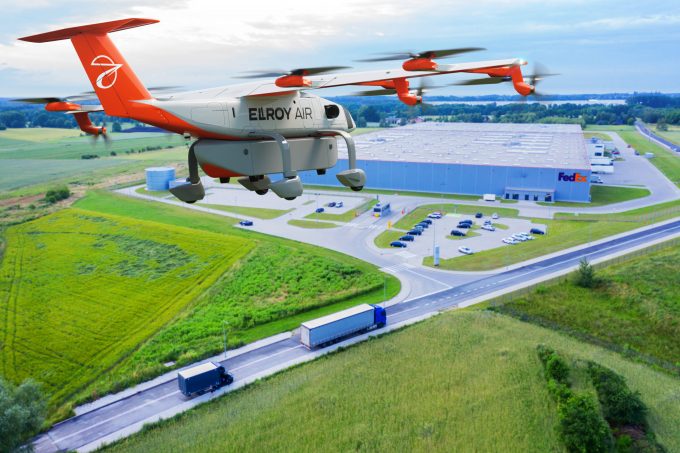FedEx pilots win ‘tentative agreement’ on new contract after strike threat
The threat of strike action by its pilots appears to have wrung concessions out of ...

Commercial drones moving cargo beyond small amounts of pharmaceuticals are inching closer in the US.
The authorities there are considering proposals for drone corridors, and FedEx is targeting 2023 for trials of the Chaparral autonomous aircraft between its sort centres.
The Chaparral is a vertical take-off and landing ...

Comment on this article